As the market becomes increasingly dynamic and competitive, businesses are on the lookout for better ways to grow rapidly and capture market share. There’s no more effective way to do this than by employing the proper strategy to guide the journey from user acquisition through activation and retention.
That’s where product-led, sales-led, and marketing-led strategies come into play.
Each strategy approaches business expansion differently: product-led focuses on the product itself as the primary driver of customer acquisition and engagement, while sales-led relies on the salesforce, relationship-building, and converting opportunities into customers.
The marketing-led model emphasizes demand generation through branding and positioning, using well-crafted campaigns combined with engaging content.
In product marketing, being aware of the specificities, benefits, and challenges of each approach is crucial to ensure the right alignment between product, market, and sales.
So, in this article, we’ll explore the differences between product-led, sales-led, and marketing-led approaches – the role each one plays in product marketing, and how to leverage their impact in different contexts.
Let’s dive in.
Understanding product-led growth (PLG)
Product-led growth is a methodology in which customer acquisition, expansion, and retention are driven primarily by the product itself. Rather than depending on sales or marketing to grow, the company places the product at the core of the user experience to promote self-service purchases and adoption.
The basic characteristics of PLG
- User experience: People should love to use the product; it has to be intuitive and deliver quick wins so they keep on using it without any external intervention.
- Freemium/trial models: Many companies offer free versions or trial periods to encourage people to try the product and see how good it could be for them before they make any financial commitment.
- Viral and organic growth: Organic user acquisition is often sparked by word of mouth from early users, which is a very cost-effective way of acquiring new customers.
- Focus on retention: The success of a product-led approach depends on how long the product can keep users engaged and satisfied, ultimately driving upgrades or incremental purchases.
For product marketing teams, PLG represents an opportunity to work closely with the product and development teams, ensuring the delivered value is clear, easily communicable, and that the user journey is constantly optimized to maximize conversion and retention.
Some well-known examples of companies that have successfully adopted product-led growth are Slack, Dropbox, and Zoom – all of which place the user experience at the heart of their strategy, allowing the product to “sell itself.”
Understanding sales-led growth (SLG)
Sales-led growth is a classic approach in which the sales team is the main driver of customer acquisition and business growth. This model revolves around high-touch relationships with direct customers, a deep understanding of their needs, and hyper-personalized offers to close deals.
Key aspects of SLG
- Sales team is king: Skilled sales reps drive the entire process from discovery to closure, targeting a specific buying profile and the needs of the customer.
- Longer sales cycles: For more complex products and enterprise solutions, product demos, presentations, and value-based negotiations are often required.
- Relationships and trust: Without these two critical elements, securing contracts and renewals becomes nearly impossible in most industries.
- Offering-specific tailoring: The solution is often customized to meet the customer’s exact needs, elevating the role of tech and product teams.
In sales-led models, product marketing works closely with the sales organization to ensure that messaging, materials, and product positioning are aligned and tailored to support the deals we drive as a team. We also need to deliver training, playbooks, and insights that enable the team to effectively communicate the product's value.
This is a very common model for B2B markets, particularly if the offering is complex, the average deal size is large, and the approval process involves many people.
Understanding marketing-led growth (MLG)
Marketing-led growth centers on the idea that marketing drives demand generation and co-creates brand value, guiding customers from awareness to consideration and ultimately to purchase. It relies on strategic communication, content, campaigns, and branding to engage and convert the target audience.
Key ingredients of MLG
- High-volume lead generation: This is driven by a coordinated mix of inbound efforts, paid media, and supporting strategies that push potential customers through the marketing funnel efficiently.
- Brand building: Marketing plays a key role in presenting the product and the company to the market, delivering a compelling value proposition and a clear competitive advantage.
- Nurturing and qualifying leads: Marketing automation and lead-nurturing workflows build empathy and prepare leads for handoff to sales.
- Regular analysis and tweaks: By closely tracking performance metrics, touchpoints, and ROI, we continuously fine-tune our approach to maximize impact.
For product marketing, marketing-led growth demands a strong focus on message definition, the creation of supporting materials, and close coordination between marketing, product, and sales teams. The product marketer serves as the bridge, ensuring that the positioning aligns with the product’s actual features and benefits and that campaigns communicate clear and consistent value.
This approach is especially effective in competitive markets where educating the customer and building relationships through content and branding are key differentiators.
Comparison of product-led, sales-led, and marketing-led approaches
To define the optimal growth strategy, it’s vital to assess the differences, shared elements, and performance dynamics of product-led, sales-led, and marketing-led approaches. Each influences a distinct part of the sales funnel, and success depends on aligning them effectively across teams.
Choosing the right approach
Product-led growth is commonly used for easy-to-experience digital products, such as SaaS applications and platforms. If the product quickly delivers real value on its own and supports self-service, PLG can drive rapid and scalable growth.
Sales-led growth is primarily used in B2B markets where products are complex, deal sizes are high, and personal relationships are essential to closing. Examples include enterprise solutions, applications for large corporations, and products for regulated industries.
You should consider marketing-led growth when building your audience, brand, and fueling future demand (B2B or B2C). This strategy is vital when the product operates in a highly competitive or newly emerging market.
Most companies today implement a mix of the three approaches, depending on the product stage, customer profile, and market maturity.
The role of product marketing in each approach
Product marketing managers (PMMs) play a strategic role that shifts based on the company’s chosen growth model – whether product-led, sales-led, or marketing-led growth. Each approach requires a unique set of skills, actions, and alignments.
Regardless of the model, the PMM serves as a crucial link between product, market, sales, and marketing, ensuring that the product is positioned effectively and delivers real value to customers.
Product marketing in product-led growth
In the product-led model, the product is the main driver of the customer journey, and the PMM must act to ensure this experience is as smooth and valuable as possible.
Actions and responsibilities of the PMM in PLG:
- User journey mapping and optimization: Identifying critical points in the user experience, removing friction, and creating triggers for conversion and engagement, from the first interaction to upgrade and retention.
- Development of value- and outcome-driven messaging: Creating communications that highlight tangible benefits, making self-service and quick product understanding easier.
- Creation of educational and onboarding content: Guides, tutorial videos, FAQs, blogs, webinars, and automated emails that help users get the most value from the product on their own.
- Message testing and experimentation: Working with growth and product teams to run A/B tests on copy, CTAs, and communication flows, relying on real usage data.
- Coordination with development and UX: Working with the product team to make sure the features are a good fit for the market and user feedback is incorporated in product development.
- Analysis: Leveraging analytics tools to observe user engagements, numbers, and stats that indicate cross-sell/up-sell opportunities or churn risks.
- Internal evangelism: Uniting support, sales, and marketing teams at every level to drive customer and product validation across the organization.
Product marketing in sales-led growth:
In the sales-led model, the PMM wears a "facilitator" and "strategist" hat to ensure the sales team has everything they need to sell complex, customized solutions.
Some of the PMM actions and responsibilities in SLG include:
- Developing highly customized sales material: This involves creating presentations, case studies, whitepapers, scripts, and playbooks for each persona and market segment.
- Training and enabling the sales team: Ongoing training for commercial teams to ensure they can communicate the product’s value and effectively position it to customers.
- Defining buyer personas: Conducting primary and secondary research to ensure an in-depth understanding of customer profiles, pain points, motivations, and decision-making processes, to enable targeted and customized selling.
- Assistance in complicated negotiations: PMMs may participate in meetings to help sales articulate the value and specifics of the product and increase their chances of closing the deal.
- Pipeline and conversion tracking: Ongoing assessment of the sales funnel can help identify where bottlenecks exist and streamline processes.
- Building social proof: Creating customer success stories, testimonials, and case studies to assure potential customers that they can trust your company and product.
- Tailoring positioning to specific markets: Customizing the product value proposition and sales messaging to align with business sector, customer size, and regional differences.
Product marketing in marketing-led growth
In the marketing-led growth model, the PMM plays a key role in building awareness, driving demand, generating qualified leads, and fostering collaboration between marketing and product teams.
PMM actions, activities, and responsibilities in MLG:
- Strategic positioning and messaging definition: Creating clear, compelling, and differentiated messaging that translates the product’s value to the target market and drives marketing activities.
- Integrated campaign development: Working with marketing planning and PR to develop multi-channel campaigns to build awareness and generate and nurture leads.
- Development of relevant and educational content: Developing or overseeing a variety of relevant blogs, ebooks, webinars, newsletters, and other formats that establish the company as a thought leader.
- Customer journey management: Mapping the stages from awareness to purchasing, knowing the touchpoints for the exact marketing action.
- Advanced usage of automation and data: Setting up and managing nurturing flows, lead scoring, and performance analysis to optimize results.
- Alignment with product for launches/updates: Ensuring that launches are communicated effectively and new benefits/features are highlighted.
- Market research and competitor analyses: Keeping an eye on the market to be able to pivot positioning and spot new opportunities or threats.
- Building and sustaining value proposition: Continuously reviewing the offer at all touchpoints to ensure it is relevant and meets key customer needs.
Hybrid strategies and the multidisciplinary PMM
Many organizations are adopting hybrid product strategies that incorporate elements from all three approaches. As a result, PMMs need to build skills across multiple disciplines and be able to:
- Quickly shift focus between product, sales, and marketing based on the product and market maturity.
- Coordinate diverse teams while ensuring alignment, consistency, and seamless communication within and outside the organization.
- Measure success and adapt strategies based on data and continuous feedback.
- Serve as the voice of the customer, ensuring that market needs are clearly articulated and reflected in the company’s strategic decisions.
Comparative table of PMM actions in each approach
The following table provides a suggested side-by-side comparison of the PMM’s main actions and responsibilities in product-led growth, sales-led growth, and marketing-led growth. Remember that these actions are not fixed and that models can and should overlap, depending on the company and its strategy.
The PMM role must be adaptable and flexible to ensure optimal alignment between product, market, sales, and marketing, ultimately delivering the greatest possible value.
The product marketing manager’s role is both varied and critical to the success of any growth strategy. Whether leading the user experience directly through the product, enabling sales professionals for complex deals, or integrating cross-channel marketing campaigns, the PMM is the connective tissue that links product, market, and customers.
Success requires adaptability across different approaches and collaboration across various teams. The PMM ensures that the user experience aligns with market needs to create sustained value, while innovation fuels ongoing growth.
Metrics and success indicators for each strategy
Each approach – product-led, sales-led, and marketing-led – has its own set of metrics that serve as benchmarks for success and guide operational decisions. By understanding these differences, you can effectively identify and interpret the right metrics.
Key product-led metrics
- User activation: Percentage of users who follow through a key action after onboarding, such as creating a project or accessing a core feature.
- Engagement: How much, how deeply, and how often users are engaging with the product. Each metric indicates engagement – sessions per user, time spent in product, features engaged with, etc.
- Trial-to-paid conversion rate: Percentage of free users who become paid users.
- Churn rate: The rate at which users cancel or abandon the product over time.
- Net Promoter Score (NPS): Indicates the likelihood of users being satisfied with the product and becoming a promoter.
Key metrics in the sales-led approach
- Number of qualified leads: How many prospects enter the buyer's journey that meet the criteria to enter the sales funnel.
- Sales funnel conversion rate: The percentage of leads that move through the different stages of the sales process to successfully close a deal.
- Average sales cycle length: The average duration from initial contact to closed deal.
- Average deal size: Average sales value of completed deals.
- Retention and upsell rate: The percentage of customers who remain active and purchase other products or services.
Key metrics in the marketing-led approach
- Reach and traffic: The number of individuals who interact with your campaigns, including those who visit your website or landing pages.
- Campaign engagement: Clicks, shares, comments, and interactions on your digital assets.
- Cost per lead (CPL): How much the company spends to produce a lead.
- Lead-to-opportunity conversion rate: Percentage of leads that turn into legitimate sales opportunities.
- Brand awareness: A measure of brand recognition and presence in the market.
The importance of aligning metrics with strategy
Understanding these metrics goes beyond tracking numbers; it means interpreting user behavior, sales effectiveness, and marketing impact. Aligning indicators with the chosen strategy and business goals is critical to enable quick, decisive adjustments, optimize results, and ensure sustainable product growth.
Real-world examples of product-led, sales-led, and marketing-led growth
Example #1: Product-led growth – Slack
Context and challenge
Slack entered an existing market of enterprise communication tools where businesses already used emails and messaging tools. The challenge was to convert users to a collaborative platform that generates immediate value and minimizes the use of emails within an organization.
Strategy
Slack offered a free version with minimal features so users could easily try a new product without barriers. The growth would happen organically through users using the product, along with some recommendations from other users within the organization.
Product marketing’s role
- Creating rich content – quick-start, tutorial videos, and templates to speed up onboarding.
- Outlining messaging that clarifies how Slack reduces time spent on emails, thus improving overall productivity across teams.
- Working with UX and development teams to modify features based on user data, as well as qualitative data from company users.
- Implementing targeted campaigns to encourage upgrade penetration and help larger teams adopt Slack through behavioral data and engagement actions.
- Working on viral strategies to enable teams to onboard new members more easily, as well as integrate Slack with other tools to drive company engagement.
Results
- Accelerated organic growth, with millions of active users within a few years.
- High conversion rate from free to paid plans, supported by a positive user experience.
- Slack became a global reference in corporate communication, with significant market share across companies of all sizes.
Example #2: Sales-led growth – Salesforce
Context and challenge
Although Salesforce operates in a very competitive and complex B2B environment, selling highly sophisticated CRM solutions for large enterprises, it requires specific customizations and integrations. As such, the sales cycles are long and complex, with many decision-makers involved.
Overall strategy
Salesforce placed emphasis on a highly trained and skilled sales team who are able to build long-term, deep relationships, find specific pain points, and propose custom solutions that produce obvious return on investments to a large customer base.
Product marketing’s role
- Creating detailed playbooks and technical materials guiding the sales team at every stage of the funnel, from prospecting to closing.
- Developing strong case studies and social proof to demonstrate value and credibility.
- Leading regular training to ensure the sales team fully understood all product features and competitive differentiators.
- Facilitating communication between sales, product, and engineering to adapt features based on market feedback.
- Supporting complex negotiations with tailored presentations and arguments for different segments.
- Analyzing pipeline data to identify bottlenecks and improve commercial efficiency.
Results
- Salesforce became the global leader in CRM, with consistent growth based on complex sales and high-value contracts.
- High retention and expansion within existing clients, supported by customization and close service.
- A high-performing sales team with deep product knowledge, capable of closing large, strategic deals.
Example #3: Marketing-led growth – HubSpot
Situation and problem
HubSpot entered a fiercely competitive digital marketing market, where companies were seeking solutions to attract, engage, and ultimately convert leads into customers. To succeed, HubSpot needed to educate the market about its inbound marketing strategy, which was a relatively new concept to most companies at the time.
Strategy
HubSpot wasted no time in investing in content marketing, digital campaigns, and educational events, for the purpose of establishing itself as a reference in inbound marketing and integrated CRM.
Product marketing’s role
- Defining a clear and consistent positioning, communicating the value proposition as a tool to “attract, engage, and delight customers.”
- Collaborating on a vast content portfolio – blogs, ebooks, webinars, online courses – to educate and qualify leads.
- Coordinating multichannel campaigns focused on lead generation, nurturing, and conversion, using automation and advanced segmentation.
- Developing materials that translate technical features into practical and accessible benefits for different personas.
- Continuously monitoring campaign metrics and lead behavior to optimize messaging and channels.
- Working with product to launch new features aligned with audience needs and feedback.
- Participating in building the HubSpot community, strengthening user relationships, and fostering loyalty.
Results
- A high-growth plan that delivers qualified leads and customer growth.
- HubSpot became a leader in inbound marketing and CRM tools for small and medium-sized companies.
- A globally recognized brand with a strong digital presence and market authority.
These examples highlight how product marketing was able to adjust its plans and actions to support different growth strategies, ultimately driving both strategic and operational contributions to the growth of the product and company.
Future trends and recommendations for product marketers
The landscape of digital products is in constant flux, driven by technological advances, changes in consumer behavior, and new market dynamics. Product-led, sales-led, and marketing-led approaches are becoming increasingly hybrid and integrated, requiring PMMs to be versatile, multidisciplinary, and strategic.
Key trends
Growing use of data, AI, and automation: Sophisticated analytics tools and AI allow companies to identify use patterns, segment customers more accurately, and customize messaging across a much wider set of customers.
Customer experience (CX) as a strategic differentiator: User experience has evolved from being solely a product issue to a central element in marketing and sales strategies. As a PMM, you must ensure that every customer interaction reinforces value and satisfaction.
Increased acceptance of product-led growth in traditional spaces: Areas that have previously been influenced only by a traditional sales model, such as enterprise software brands or financial services, are starting to offer self-service, ads that introduce these services, and free product trials.
Improved collaboration among cross-functional partners: Product marketing is the “hub” of the product cycle, linking product, marketing, sales, and support together to inform, harmonise, and execute seamlessly.
Growing importance of sustainability and social responsibility: Customers want brands that act with purpose, and PMMs must reflect this vision in product communication and positioning.
Fundamental mastery of all strategies: To be truly effective, you must master product-led, sales-led, and marketing-led strategies. Becoming a hybrid professional – skilled in all three – provides not only a competitive advantage but also the adaptability to choose and apply the right strategy at the right time based on business needs, market dynamics, and customer expectations. This strategic flexibility empowers you to become a true agent of change within the organization.
Practical recommendations for product marketers
To adapt to this changing landscape and get the maximum possible return from all the great work you are doing, here are a few tips:
1. Know the data: Invest in analytical tools and skills that develop a deep understanding of users' behavior, campaign performance, and, ultimately, business results.
2. Be the curator of the voice of the customer: Gather feedback from users, sales, and support, and share it broadly so product direction continues to develop in alignment with real needs.
3. Build clear, value-centric messaging: Avoid jargon, keep focus on the tangible things you do with your product. Use clarity and relevance to differentiate yourself from others.
4. Test and learn fast: Be agile and experiment. Continue to refine the positioning, campaigns, and strategies based on data.
5. Coordinate cross-functional teams: Encourage regular communication and collaboration between product, marketing, sales, and support in order to have the highest impact.
6. Stay current: The market is so dynamic that you must participate in courses, webinars, communities, and events to stay informed and in the game.
7. Be a protagonist in the customer journey: You must understand the customer journey from awareness to purchase, execution, and even post-sale, and build strategies that create the most continuity in experience for the customer.
8. Master and combine product-led, sales-led, and marketing-led strategies: It’s not just about knowing these three strategies, but about becoming a true hybrid expert who knows when and how to integrate them based on the business context. At a minimum, this ensures that both the product and company are aligned with market needs and positioned for scalable growth.
Conclusion
As the market evolves and grows ever more competitive, your role as a PMM needs to transcend any single approach. It’s vital to master product-led, sales-led, and marketing-led frameworks, but more importantly, you need to become a versatile hybrid professional who creates true, sustainable value.
Your ability to adapt and synthesize these approaches will allow you to steer the product and company in diverse contexts, customizing messaging and tactics to meet the needs of the market, customers, and the organization.
As a PMM, you bring expertise across many fronts, making you a transformative force who drives growth, fosters innovation, and delivers excellence in the customer experience. Investing in this strategic mastery is not just a best practice – it’s a vital investment for leading and building products and brands that will stand the test of time.


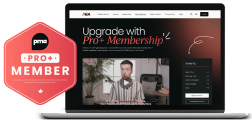


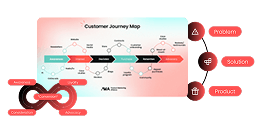
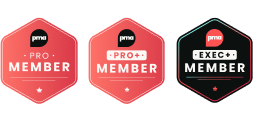



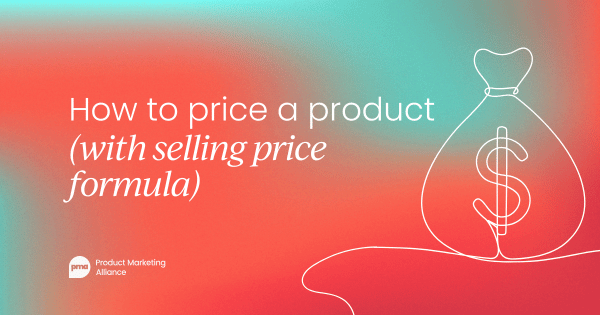

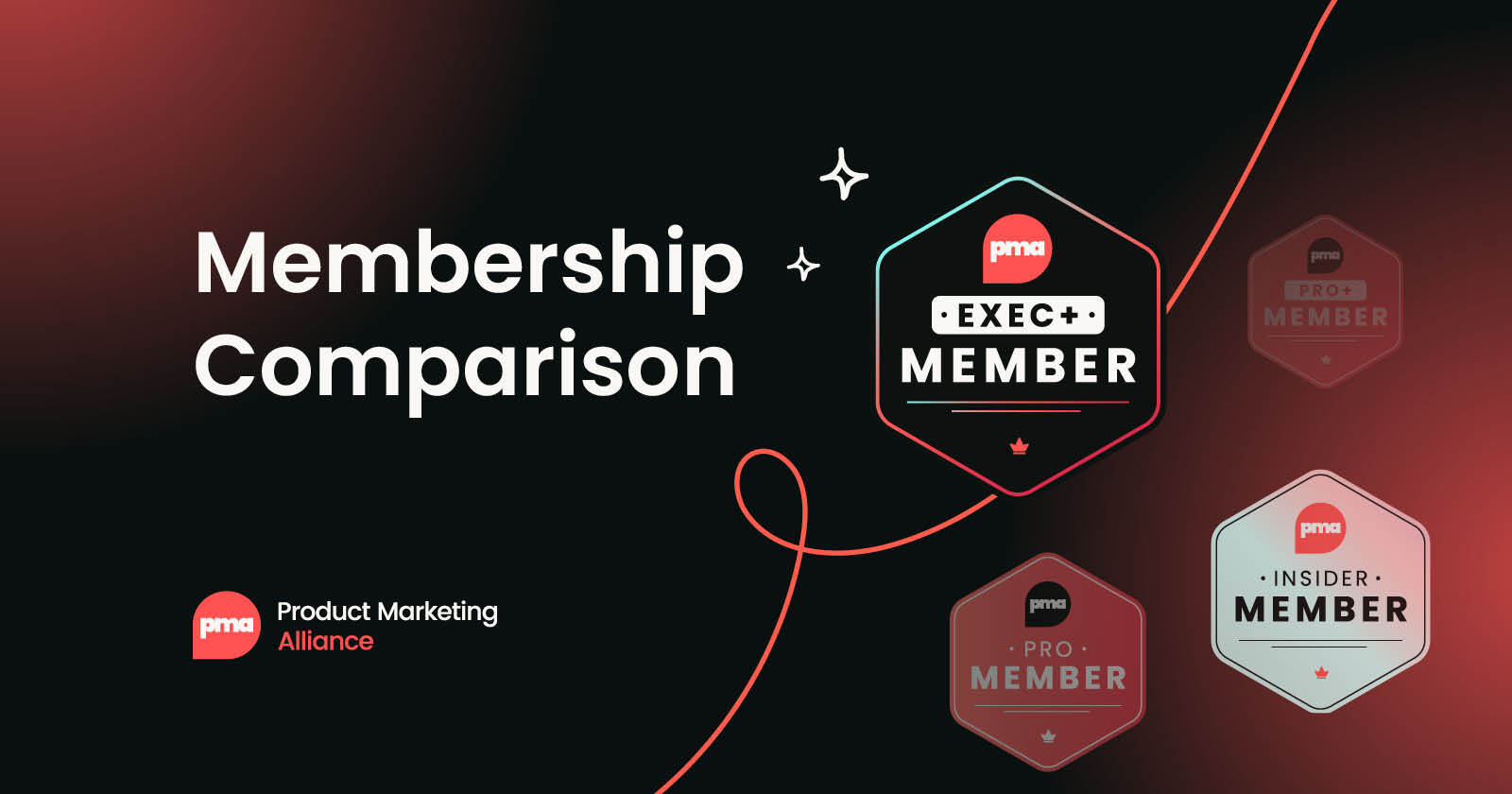
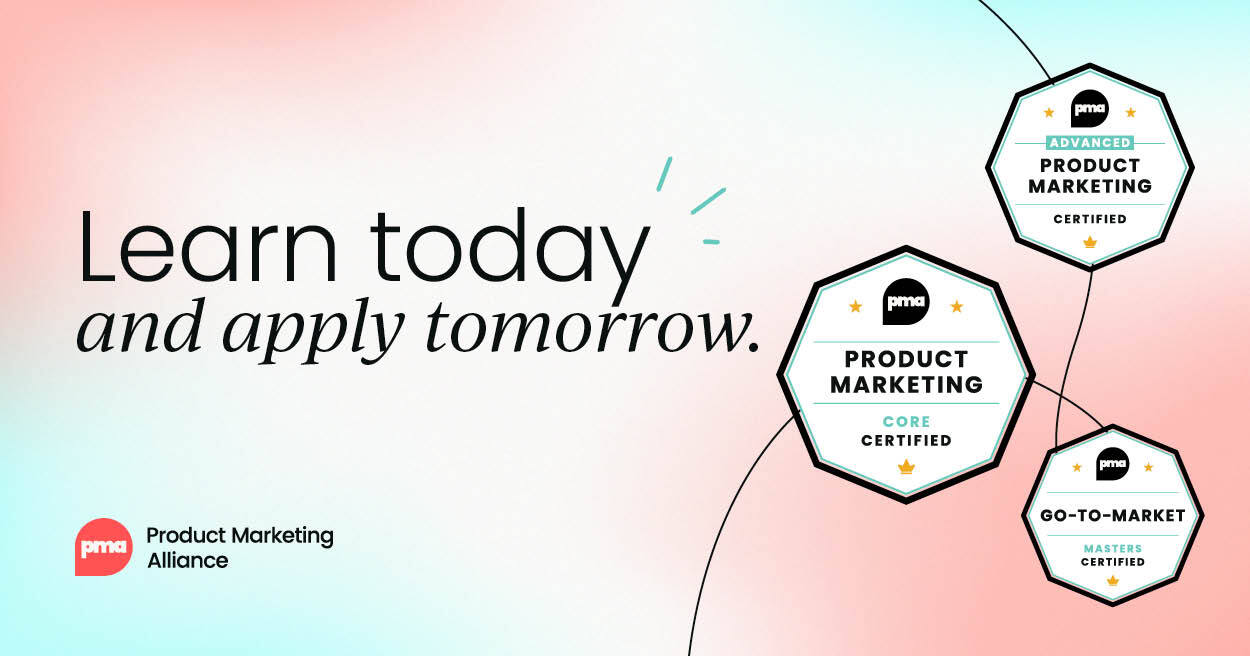
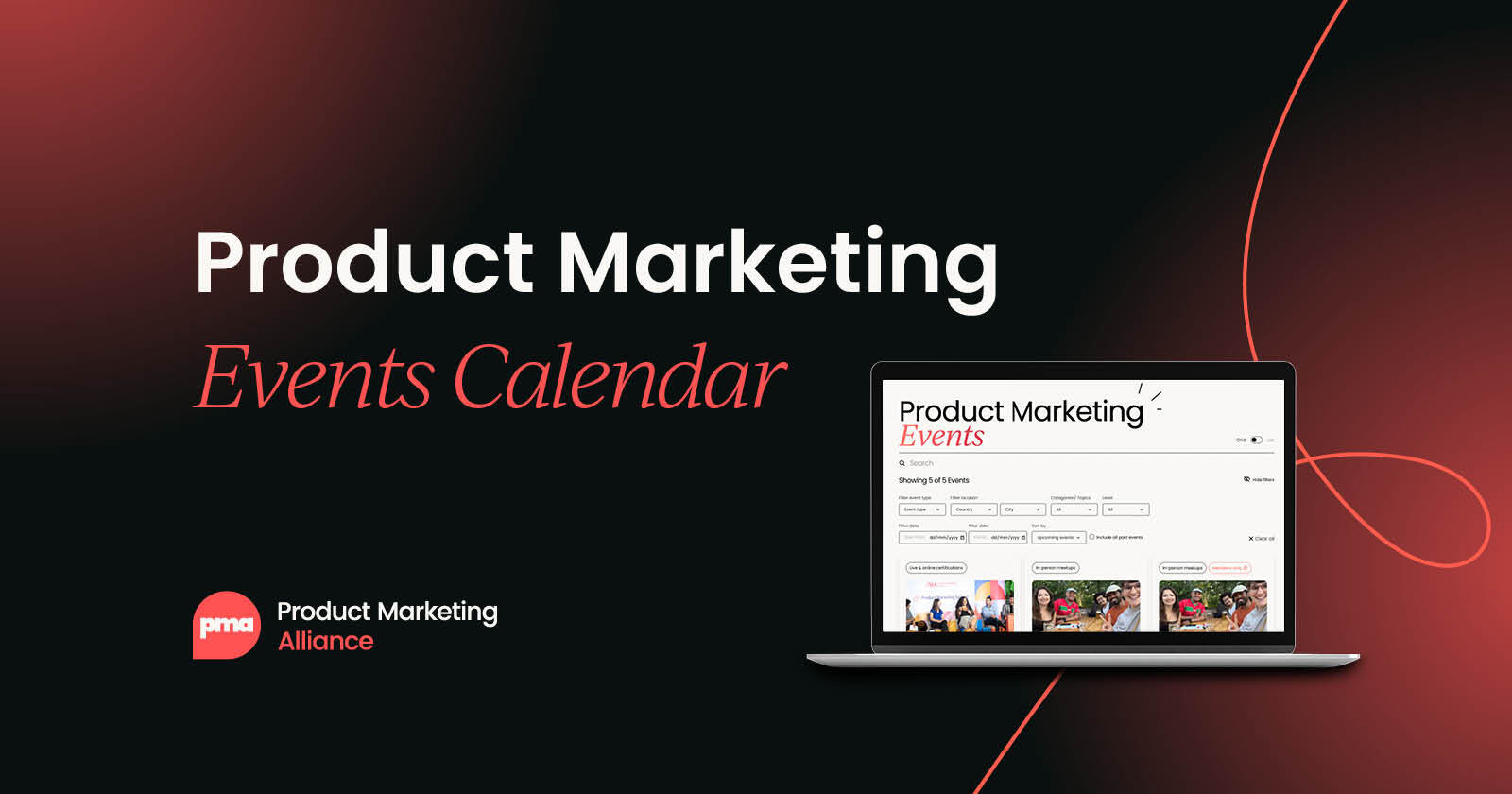


 Follow us on LinkedIn
Follow us on LinkedIn




.svg)
Start the conversation
Become a member of Product Marketing Alliance to start commenting.
Sign up now